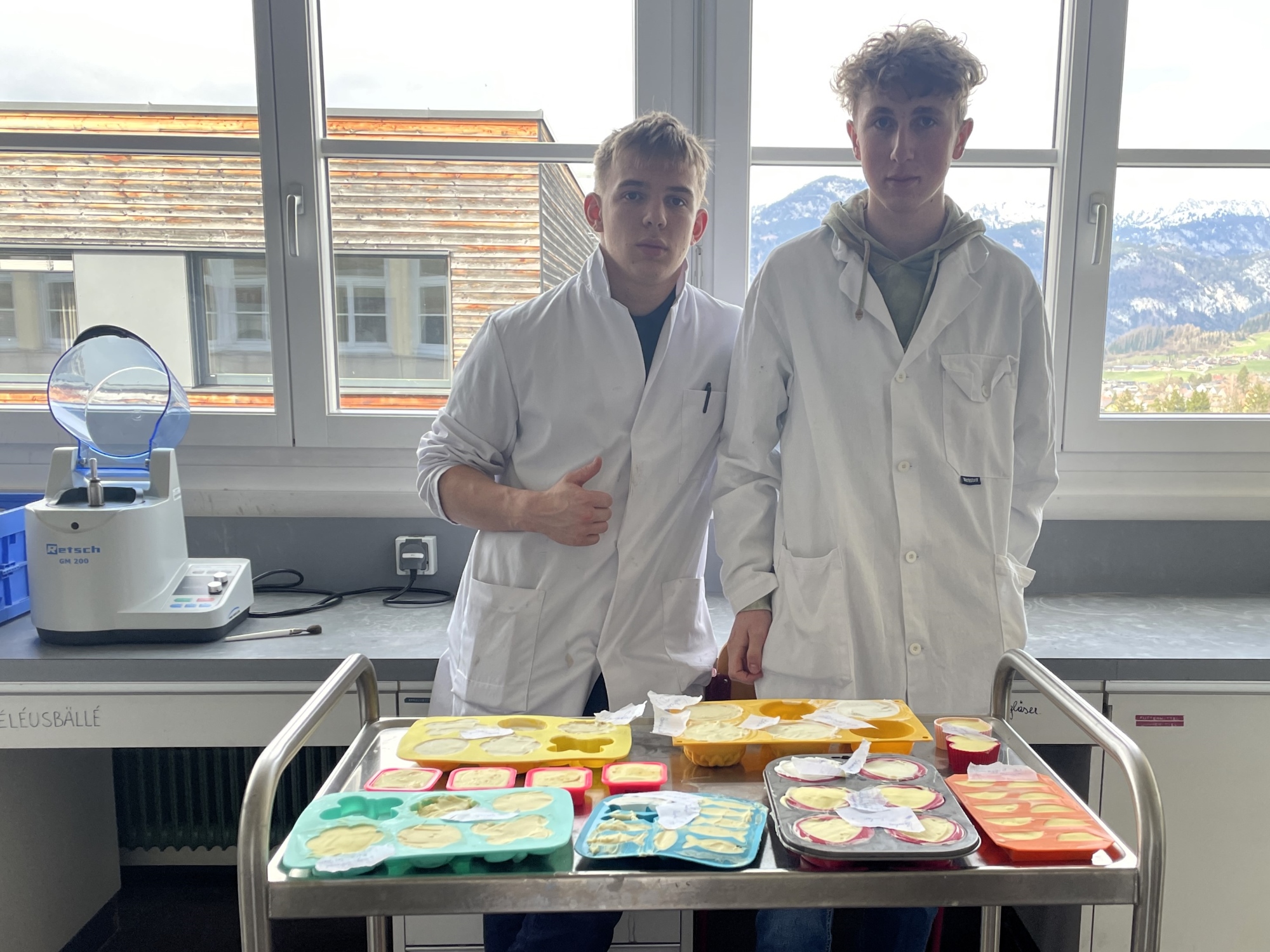But what exactly does the term “saponification” mean?
Fats are esters of the trivalent alcohol glycerol and various, predominantly even-numbered and unbranched aliphatic monocarboxylic acids (= fatty acids). During saponification, the ester bond of the fats is broken down by adding a lye, which produces the trivalent alcohol glycerin and the respective alkali salts of the fatty acids found in the fats. The alkali salts are then the soap molecules that are responsible for the cleaning effect because their fat-loving ends adhere to the greasy dirt particles
Curd or soft soap – what’s the difference?
The difference between core or soft soap lies in the lye used. If caustic soda is used for saponification, a curd soap is created. On the other hand, saponification with potassium hydroxide produces a soft soap. (Sandra Kapp)













